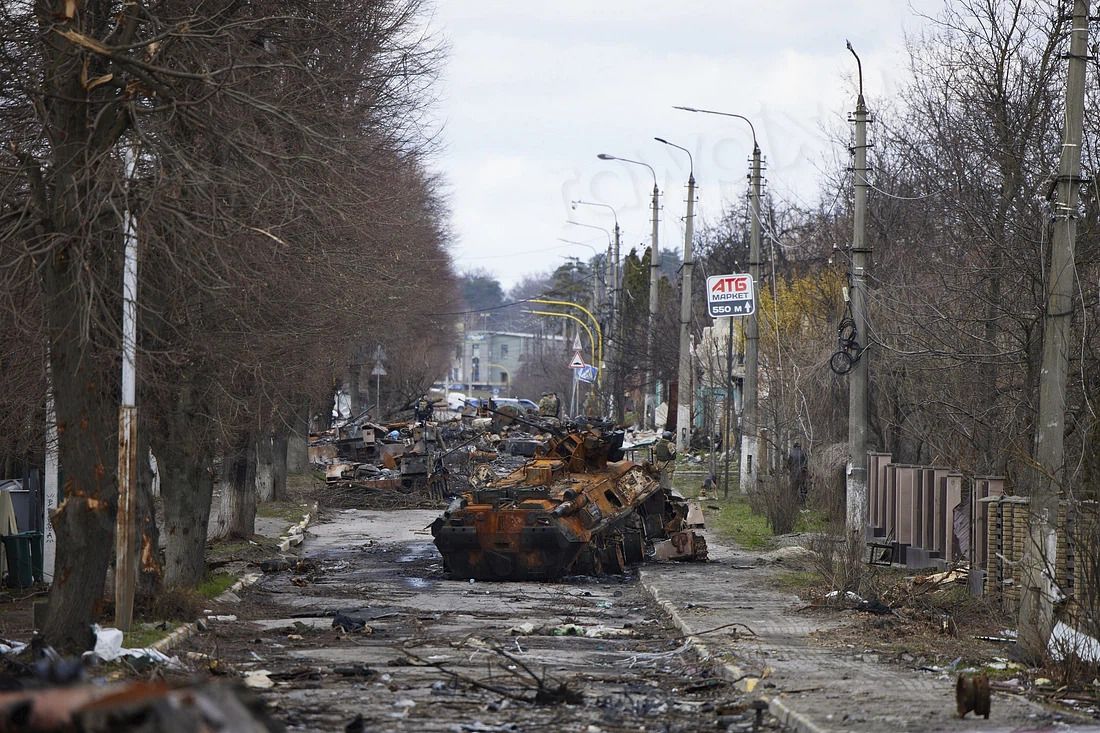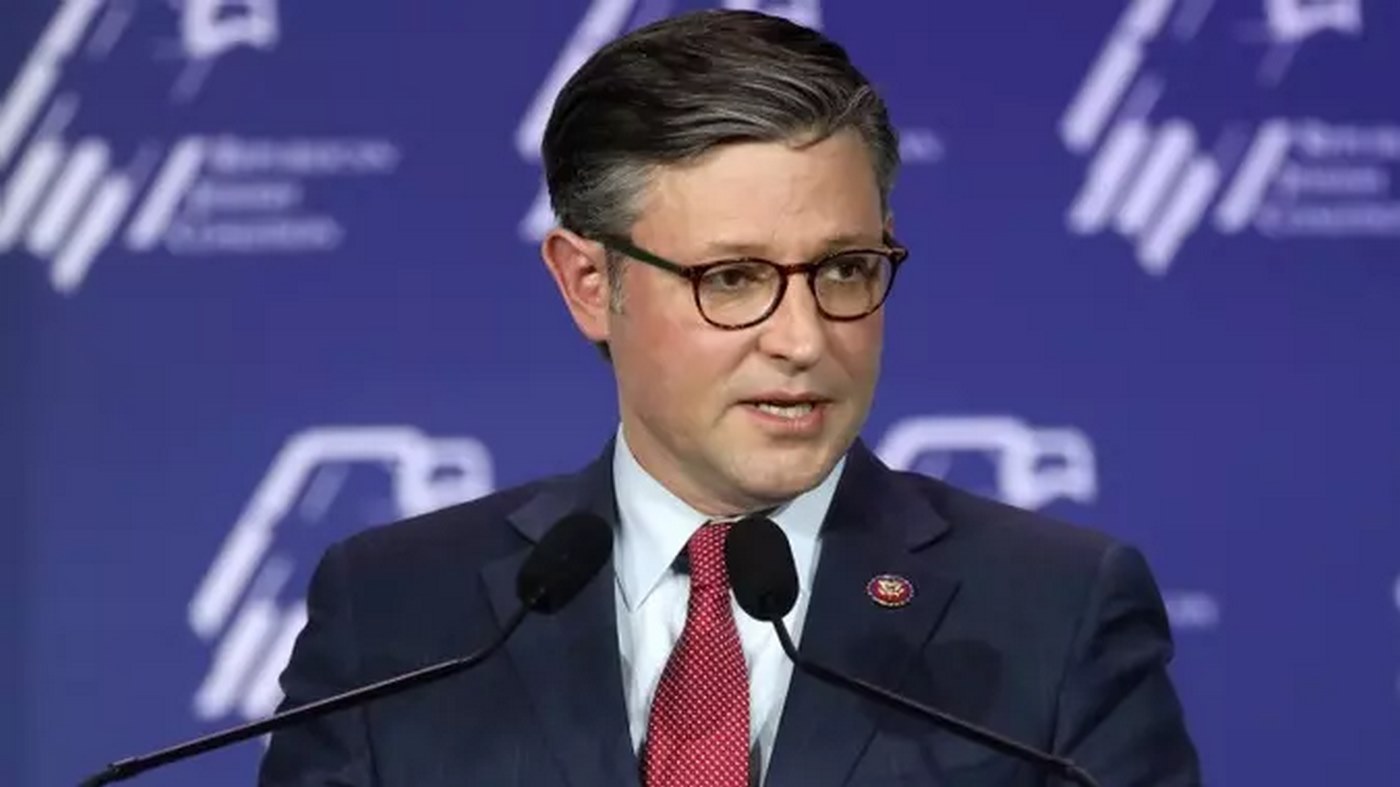PICTURED: Trilha da Figueira Nature Reserve in Brazil’s Paraná state. PC: João P. Burini. CC 4.0.
The oft-ignored middle-child of the great Brazilian ecosystems is the Atlantic Forest biome, covering millions of acres of dry and humid tropical forest, montane forests, and forests that grow on coastal dunes. Extraordinarily biodiverse, 52% of the tree species 92% of the amphibians, 40% of vascular plants, and 60% of mammals found in the Atlantic Forest are endemic, meaning they are found nowhere else on earth.
Over the past five centuries, the Atlantic Forest has been exploited, occupied and gradually exterminated. A biome that once stretched along almost the entire coastline of Brazil has given way to cities where 70% of the country’s population today lives.
More recent history has been less cruel to the Atlantic Forest, thanks to multiple efforts aimed not only at protecting what’s left, but also at recovering what was lost. The path toward restoration goes beyond bringing back tree cover, and includes the return of native fauna.
PICTURED: A rough estimate of the Atlantic Forest biome as reckoned by the WWF.
A recent satellite imagery survey by the collaborative mapping platform MapBiomas shows that, in 2020, the remaining Atlantic Forest cover was 25.8% of its original area. In the past 36 years, the biome has lost 1.3% of its original forest cover, revealing that, while deforestation here has slowed down, it’s still advancing. According to MapBiomas, 10 million hectares (25 million acres) of primary vegetation were lost between 1985 and 2020.
On the other hand, there are areas where the forest has regained its space. Secondary forest cover, in the early stages of regeneration, grew by approximately 9 million hectares (22 million acres) in the same period.
The near-identical figures for deforestation and vegetation recovery don’t indicate that an ecological balance has been achieved, given that old-growth forests have an irreplaceable environmental value. Even so, conservationists say the restoration initiatives mean hope for better days for the Atlantic Forest.
In its 2015 commitment to the Paris Agreement, Brazil became the first country to pledge the restoration of 12 million hectares (30 million acres) of natural areas by 2030 “for multiple uses,” among the other targets of its nationally determined contribution (NDC). The commitment extends to all Brazilian biomes.
Other commitments overlap this one, such as the Bonn Challenge, with its global scope, where Brazil has committed to restore 22 million hectares (54 million acres) of forests by 2030, and the 20×20 Initiative, which brings together Latin American and Caribbean countries with the target of also restoring 22 million hectares.
Reforestation in the Atlantic Forest is vital as it’s also a home to more than 400 threatened species of wildlife. Of the 19 species in Brazil at the highest risk, and which may be extinct in the wild or even fully extinct, 14 are endemic to the Atlantic Forest (73%) — that is, they are found nowhere else on Earth.
At present, restoration activities in Brazil cover 79,130 hectares (195,534 acres), of which more than 90%, or about 76,000 hectares (187,800 acres), are located in the Atlantic Forest. These comprise 651 project areas in municipalities with at least 80% of their territory located in the Atlantic Forest, which means the total may contain small parts of forests recovered in other biomes.
Reprinted under CC 2.0. from the 501(c)3 news outlet, Mongabay, with an introduction from WaL.




